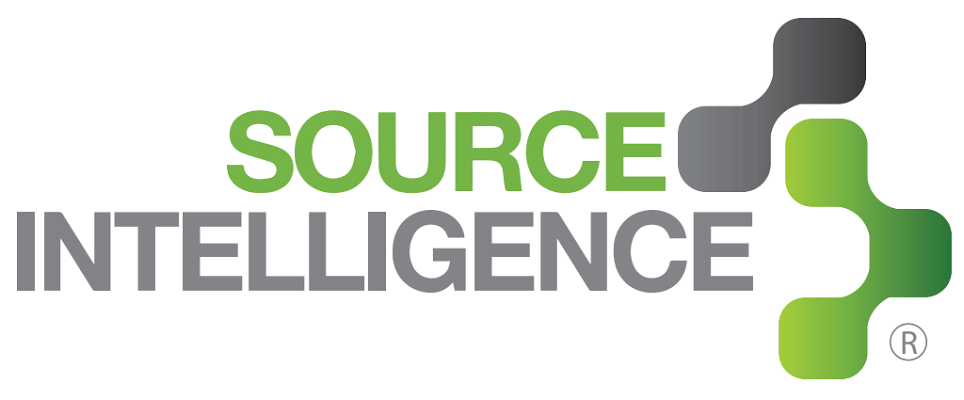Insights From IPC Conference on Regulatory Compliance

With many environmental regulations undergoing landmark change and new ones being introduced, the regulatory landscape is becoming increasingly complex. China RoHS 2 is still a hot topic, and TSCA Reform is one step from being signed into law. Companies have a need to understand not only existing regulations, but how changes will impact their businesses and operations.
ITI and IPC (global trade association connecting electronic companies) hosted a conference focused on environmental product requirements on June 10. Attendees were focused on learning about regulatory requirements, their impact on global supply chain, and tips for effective supplier engagement and documentation. We heard several crucial takeaways on regulations of global concern:
RoHS & REACH:
- Every EU country enforces RoHS and WEEE differently.
- China RoHS 2 is framed similarly to EU RoHS2, covering the six basic substances as well as regulating on the homogeneous level. Fines are levied at the primary importer or manufacturer.
- ECHA will release a new guidance document on the definition of an article in July.
EU Conflict Minerals:
- The EU will soon publish their own list of approved smelters.
Compliance documentation:
- UK regulators are mainly concerned about having minimal paperwork to review.
- Publicly traded companies have used FMD data to confirm supply chain compliance.
- Suppliers much further upstream expressed struggles with providing full disclosures. Suppliers also mentioned that the burden of proving compliance should fall on chemical manufacturers, not electrical component producers.
Other topics that were discussed include CA Prop 65 and TSCA. There were no significant updates to CA Prop 65. There was however an in-depth discussion on TSCA Reform and its impact on industry (to learn more about TSCA Reform, register for our July 7 webinar).
There was general consensus that supply chain engagement is a challenge, and suppliers are faced with differing obstacles depending on their position in the supply chain. Data collection and management continues to be a struggle; full material disclosures are still an obstacle for small manufacturers, emphasizing the need for supplier education and communication.

